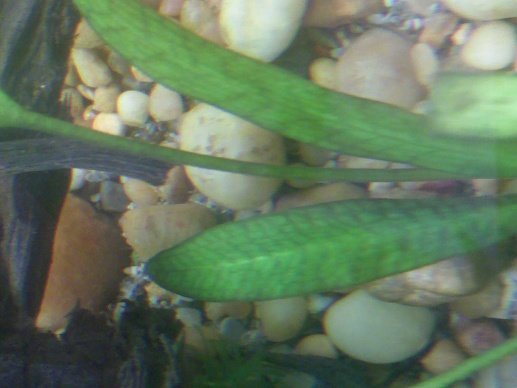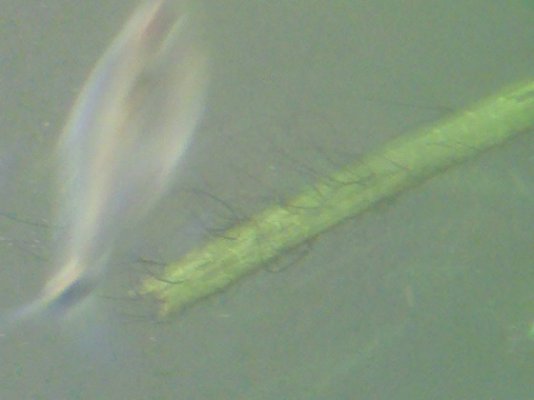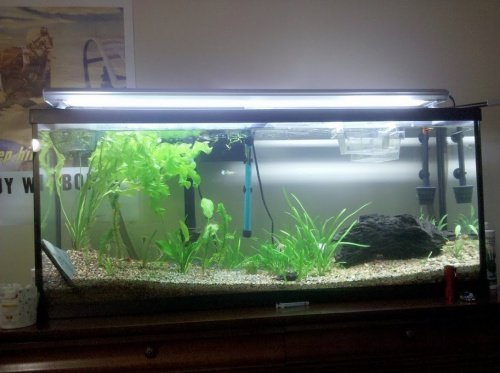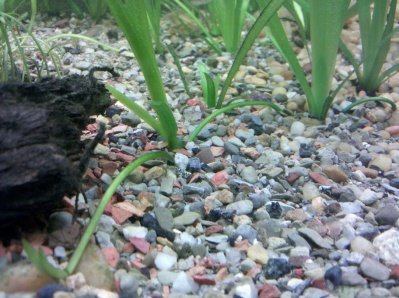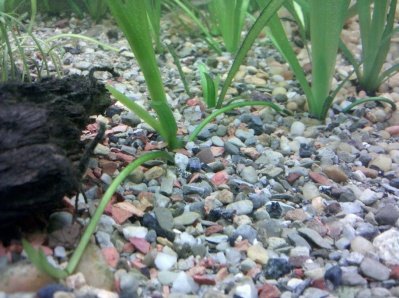jestes
Aquarium Advice Activist
So I've got an algae bloom in my 55. Some of the algae is the regular green algae on the tank walls, buy a few of the plants have green string algae on them. Here are the parameters:
2WPG
PH 7.4
Ammonia and Nitrite: 0
Nitrate: 40
Lights 10 hours a day
I don't dose fertilizers. I do have Flourite substrate and I also dose Excel every other day. I know algae is an imbalance of nutrients, but which ones? Without the search function, I'm a little lost.
Thanks in advance!
2WPG
PH 7.4
Ammonia and Nitrite: 0
Nitrate: 40
Lights 10 hours a day
I don't dose fertilizers. I do have Flourite substrate and I also dose Excel every other day. I know algae is an imbalance of nutrients, but which ones? Without the search function, I'm a little lost.
Thanks in advance!

